5 unbelievable ideas to wow your digital internal communications
It was a crisp day in London on 24th February, and time for the annual SPRINT conference. Community expert and FeverBee founder, Richard Millington, hosts this event as a chance to bring together digital engagement professionals, start some lively discussions and share ideas, and it certainly delivers on all counts.
Despite being a predominantly external B2C community focussed event, there were a number of gems for internal communications professionals. From communicating more like your audience, to frying eggs in socks, there was certainly plenty of food for thought (pardon the pun).
Here are the five biggest wow moments to consider and implement today:
1) Stop using ‘5 unbelievable ideas’ headlines, or start…
Richard took the stage with a bold statement, and one that sits quite uncomfortably with our content team; the ‘x ways to do…’ style of content was now dated! Richard’s claim was that people were becoming immune to its impact, however this caused concern amongst the audience who had come to rely on this great technique to increase the readership rate of their content.
Nathalie Nahai, author of Webs of Influence, put everyone at ease later in the day to counter Richard’s view with a formula for killer headlines which positively embraced the ‘x ways’ approach.
So what does this look like?
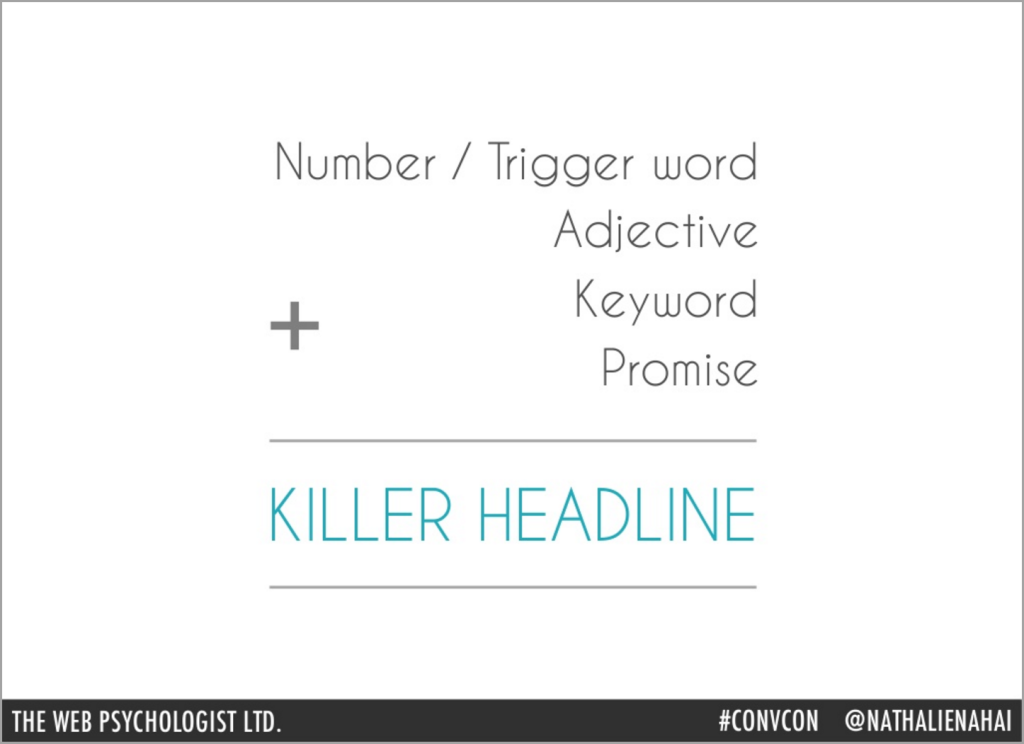
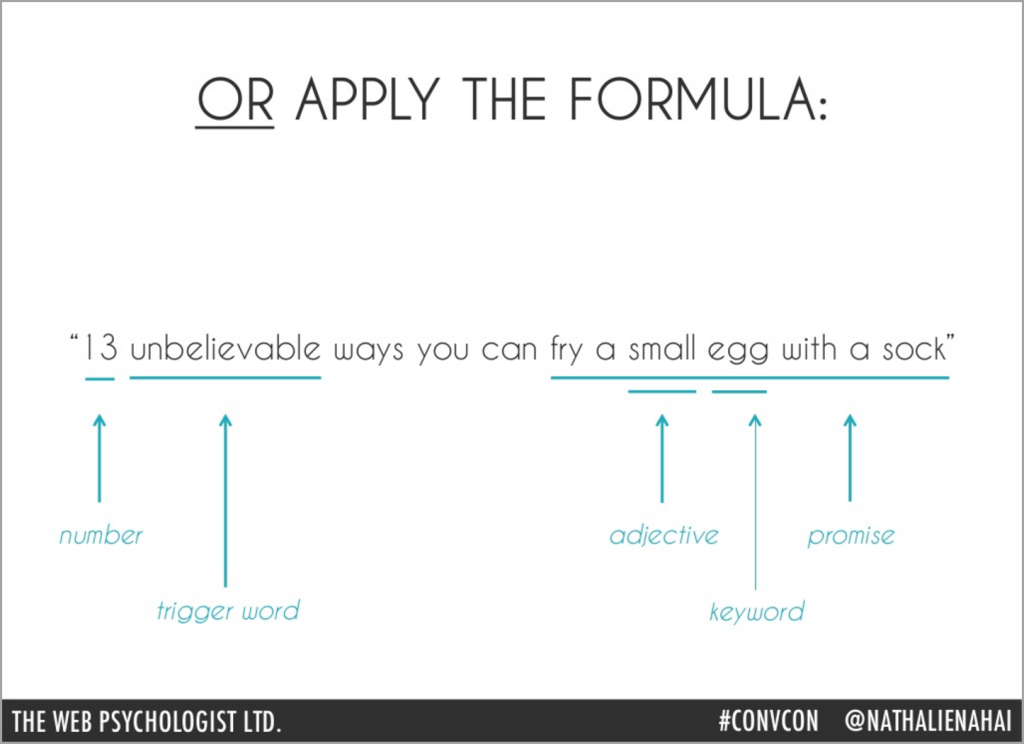
6 guaranteed ways to make your intranet magnetic
These discussions then make us question, where does this approach simply become click bait? Click bait headlines are only really click bait if you aren’t adding value or deliver what you promise.
Also look at your analytics to decide what works? Try A/B testing, publish similar content with different headline styles and see what your employees like.
2) Engage your employees with existing energy
This was where I had an epiphany! The concept of building on existing energy, rather than trying to create new momentum, should be common sense, yet many of us don’t even consider it. Well Judith Parker, Global Internal Engagement Director at GSK, brought it to the table, giving excellent advice on how to build momentum to enhance employee engagement.
The key to make knowledge sharing happen is to understand what makes people want to learn in the first place. Once you meet people’s learning need, you need to provide something which looks good enough to wow them. Think of magazines competing on a shelf and the techniques they use to make your content polished.
Keep your knowledge management groups small. If you’re looking to inspire, create lots of pockets of motivated innovators and then start to connect those groups whilst those members spread the message virally.
Most importantly, once you have advocates and champions, keep them involved and excited, as they provide the momentum for your community and engagement plans.
Put content where people already go, online and offline, be that posters, company magazines, lively forums etc. and link them to further information within your newer tools to take the fear out of change. Rather than building a rigid information architecture, look at where people are going and make sure those paths reflect their route. Information architecture should evolve to meet needs, not limit your ambition.
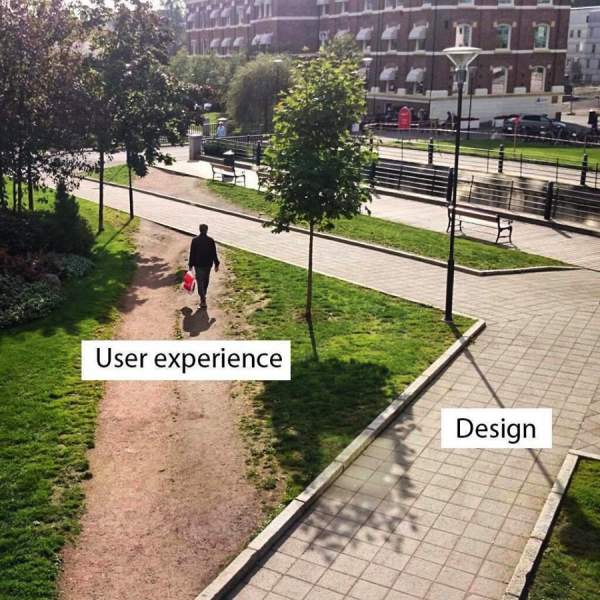
3) Make the most of your digital intelligence tools
Bridget Randolph of Distilled highlighted the importance of edging your employees towards a behaviour or path you’d like them to follow.
This highlighted how critical your intelligence tools should be to you. ‘You read A, but haven’t read B or C’ is a great way to ensure essential content is read.
These are a series of micro conversions, similar to someone clicking a B2C email through to an eCommerce site for the first time. They aren’t a brand advocate yet in most cases, but by a series of small, easy micro conversions, you can slowly shift this person’s behaviour to be a frequent user and advocate. This is often a common mistake in communications, as we often focus on major shifts in behavior, rather than edging people towards a new way of working.
Bridget then looked at the challenge of proving ROI; “Sometimes it’s not about creating value but proving value.”Getting collaboration going is great but make sure your actions make sense to your stakeholders in values they understand.
4) Create personas and use them consistently
Personas came up in over half of the talks. Try to group users’ actions together so you can start to plan your campaigns in a more informed manner – a common marketing technique.
For example, you may have one common group of a certain age, typically using certain tools more than others, contributing in distinct ways and responding to a small group of people. This would give you a persona. The next time you launch content this group will be a large part of, consider what this particular persona would make of it?
Laura Hampton of Impression discussed an agency example they used. Working for a ski holiday company, they created a group of personas, one was called Dillon. Dillon was under thirty, often went on holiday with friends, preferred snow boarding and would tend to travel at cheaper times of the year. Whenever the ski company went to launch a targeted campaign, they could now ask; “What would Dillon think of this?”
But, how many personas are enough or too many? It depends what you’re trying to do and how specific you are. Three appeared to be the bare minimum but as a maximum just ensure they remain relevant. There’s no point having twelve personas if they are complex and don’t help your decision making process.
Before you even try and reflect the behaviours of your audience, make sure you understand them. Speak to them, listen and observe what they do.
5) Be consistent in your communications, not uniform
Whilst having a template will give you structure, having a template followed 100% will often see you squeezing campaigns into approaches which don’t work, defeating the object of introducing the change in the first place.
Marged Cother, Group Head of Engagement and Social Media at the Cabinet Office, has a mantra to make services so good on www.gov.uk that people prefer to use them to the alternatives.
This was a masterclass in user-centric governance. Rather than considering what politicians and government want to be said, they focus on services which solve people’s problems.
They follow a simple formula for the user experience; ‘Here’s a service, here’s how to access it.’
Marged shared the changes she felt should happen during digital transformation which although they were targeted at an external audience can easily be applied to internal communications.
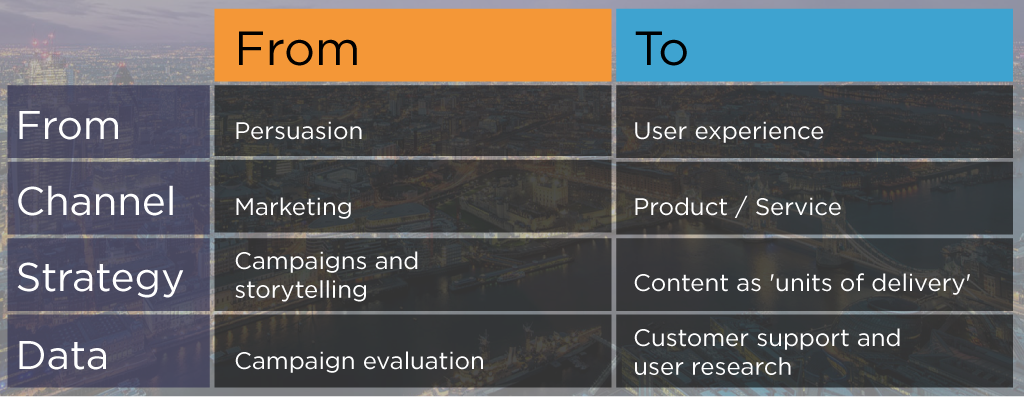
There should be four clear goals for the user too:
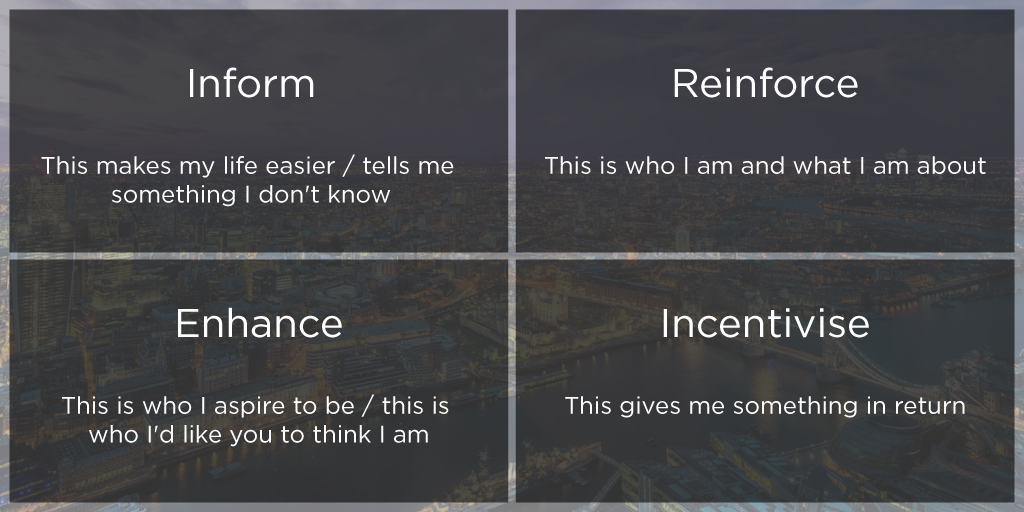
SPRINT 2016 was a great event. It’s given plenty to consider, and ideas which can be implemented quickly and easily to any internal communication strategy.
Oh and for you egg lovers out there, I never did solve the challenge of frying a small egg in a sock, however I learned a very useful tip for boiling one! Hopefullythis saves me from a click bait accusation!
